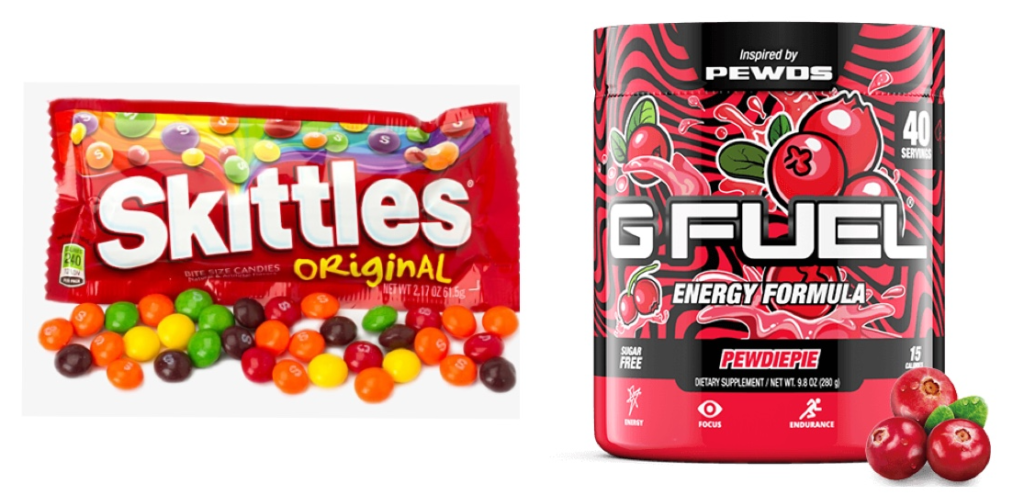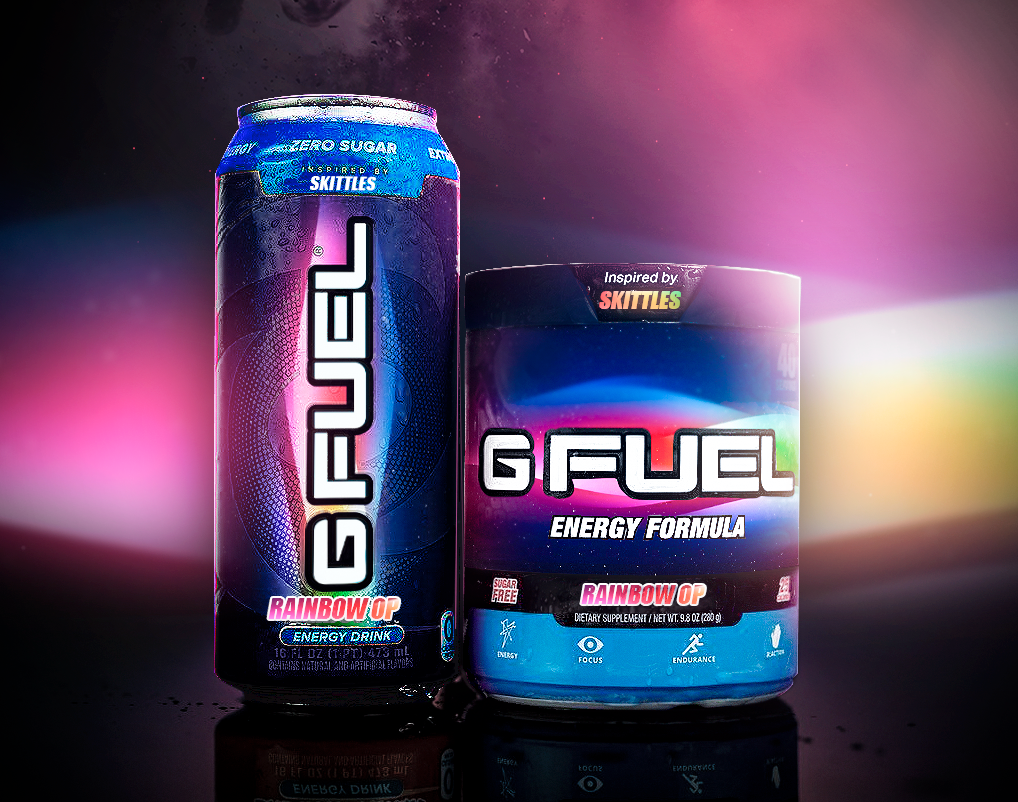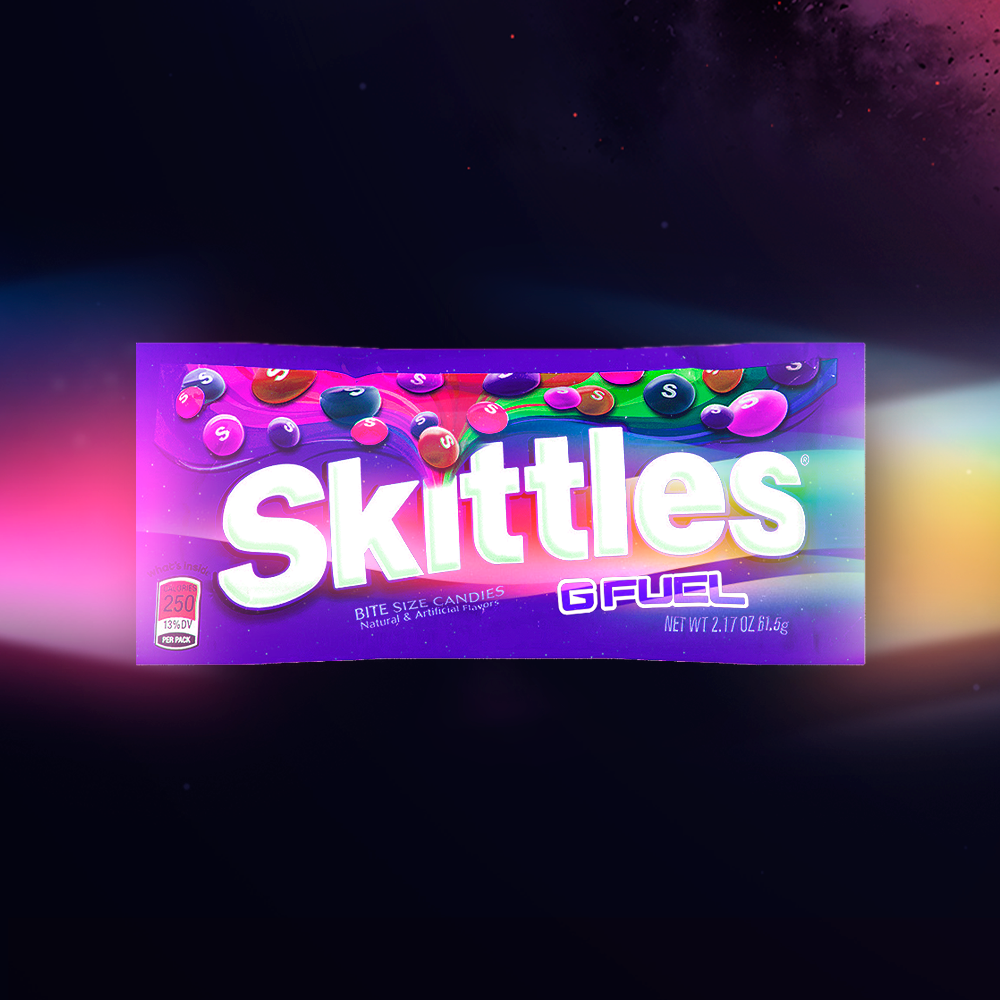This article outlines key principles of effective co-branding in esports and gaming. A partnership between Mars Wrigley’s Skittles and Gamma Labs’ G FUEL energy drink is proposed to demonstrate how non-endemic companies can build business, boost awareness, and break into the worldwide gaming market. Here is what you should know:
- Consumer brands popular among gamers are ideal partners for non-gaming companies
- Studies on the human brain (neuroscience) help guide effective marketing
- Co-branding campaigns are an impactful alternative to esports sponsorship

Why it matters
Video games are a legitimate form of mainstream entertainment. According to a 2021 Newzoo estimate, there are 3 billion gamers across the globe. Showing that, in many ways, the world is becoming a gamer’s paradise. So, companies looking to grow their businesses should ensure they are catering to this demographic.
Gaming is a valuable marketing channel in an increasingly crowded attention economy – especially when it comes to reaching younger generations. Which means that brands need creative strategies to connect with and communicate marketing messages to gamers.
In that light, esports sponsorship has emerged as a key part of marketing strategies aimed at reaching Millennial and Gen Z. Where brands invested an estimated $641 million to reach the 474 million fans of competitive video games in 2021, according to Newzoo.
Co-branding is an equally effective marketing tool which involves two or more independent brands working together on a new product or service. The following outlines why a team-up between Skittles candy and the G FUEL energy drink is an impactful esports partnership.
Skittles for gamers
Skittles, a colorful candy brand owned by Mars Wrigley, uses its iconic slogan “Taste the Rainbow” to create memorable advertisements that promote brand recognition. Taste the Rainbow campaign ads have aired on linear TV for almost two decades – helping the slogan penetrate pop culture in the United States.
G FUEL is a popular energy drink in the gaming scene, known for its variety of special flavors and association with helping gamers achieve peak performance. This appeal is captured by G FUEL’s tagline, “The Official Drink of Esports” which helps differentiate it from alternatives offered by larger competitors like Red Bull and Mountain Dew’s Game Fuel.

A Skittles inspired G FUEL flavor would promote the brand’s visibility among gamers and align with both products’ target audience of younger age groups. It also resonates with Skittles’ history of edgy, outrageous ad spots featuring scenarios like sheep with human faces and a Skittles tree growing out of a boy’s stomach.
Plus, G FUEL is already well-versed in creating flavors inspired by co-branding. Case in point, a December 2021 collaboration with Sony Pictures’ film Spider-Man™: No Way Home, which featured a new flavor, G FUEL Radioactive Lemonade, with packaging available in different Spider-Man suit designs from the new movie.
Ease is good
Studies have shown that when it comes to the customer experience, convenience and ease of purchasing is the most crucial factor – even more so than the product’s quality. By transforming Skittles candy into a new drink flavor which can be purchased and consumed identical to other G FUEL varieties, the gaming community can pursue a familiar path of least resistance between impulse and decision.
This notable preference for fast decision making extends beyond consumer settings. For instance, an experiment asked participants to respond quickly to the following:
A bat and ball together cost $1.10. The bat costs $1.00 more than the ball.
How much does the ball cost?
50% of Princeton students and 56% of students at the University of Michigan answered, “10 cents” which intuitively sounds correct even though the correct answer is “5 cents.” These results affirm the law of least mental effort which states that, all else equal, the brain tries to minimize mental effort by avoiding decisions that require greater cognitive demands.
In so many ways, our brains are satisfied with the path of least resistance – regardless of accuracy. Co-branding marries two brands – making the purchase decision easier for customers of both. Skittles, like most non-endemic brands, benefits from this dynamic due to the hard-to-reach nature of gamers.
The color of attention
Advertising and marketing thrive on human attention since brands cannot become memorable without first capturing attention. The five senses (sight, touch, smell, hearing, and taste) are avenues for doing just that. However, vision is the strongest of the bunch.
And when it comes to sight, studies with children as young as just a few days old demonstrate consistent preference for high-contrast stimuli. Both G FUEL and Skittles effectively employ high-contrast colors in their product packaging which dramatically increases the likelihood of purchase.
Likewise, the Skittles brand is more than just a five-flavor “rainbow of colors.” Instead, it is a global pantry of over 100 different tastes that go in and out of circulation, according to regional market trends and cultural preferences. Co-branding with G FUEL extends the Skittles rainbow to meet the unique tastes of gaming culture.

Powerful associations
A Skittles/G FUEL partnership creates a new product associated with esports and gaming. Whereas return-on-investment (ROI) for traditional sponsorship requires memorable associations that are recalled at purchase time. Co-branding packages associations in an offering that can be purchased immediately.
In this case, a Skittles/G FUEL product combines associations from both brands, which influence how consumers perceive it, regardless of its actual taste. That is not an exaggeration. Brand associations, which exist in our brains, can override objective sensation.
For instance, the infamous Pepsi Challenge revealed that blind taste-testers preferred Pepsi to Coke 53 percent to 47 percent. However, when tasters knew which product they were drinking, 80 percent preferred Coke and only 20 percent preferred Pepsi. The mere idea of Coke affected how the soft drink tastes.
A follow up set of functional magnetic resonance imaging (fMRI) experiments backed up the Pepsi challenge. Participants who were told in advance that they were drinking Coke showed increased activation in regions of the brain where emotional associations live compared to participants who were only told they were drinking a “cola.”
This co-branding taps into consumer associations that G FUEL has spent years forging in the minds of esports fans and gamers alike. The same mental triggers are particularly valuable assets for Skittles’ brand marketing, and do not exist for esports teams, players, leagues, etc.
